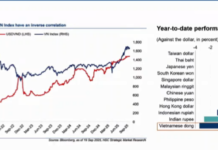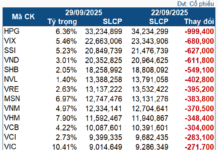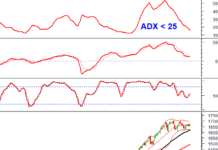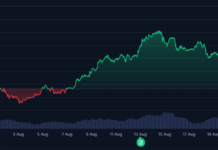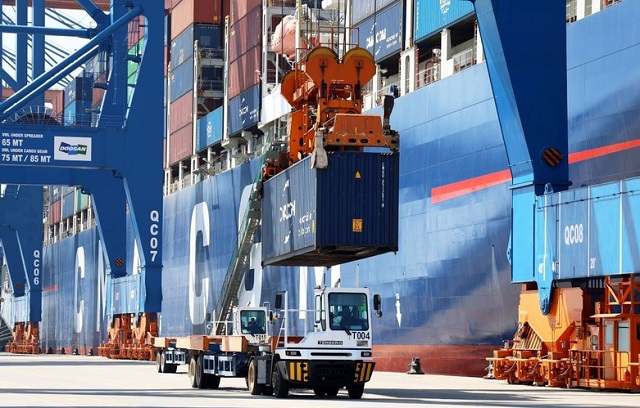
Vietnam stands out as a growth beacon in the region, despite global economic uncertainties. (Image: Hồng Đạt/TTXVN)
|
In a September 2025 report, multiple international financial institutions unanimously hailed Vietnam as a regional growth leader, defying the prevailing global economic uncertainties.
With a Gross Domestic Product (GDP) growth rate of 7.5% in the first half of the year, Vietnam’s economy is demonstrating remarkable resilience, setting the stage for the government’s ambitious full-year target of 8.3-8.5%.
Notably, projections for 2025-2026 vary among organizations, reflecting cautious assessments of global risks. The Asian Development Bank (ADB) revised its 2025 growth forecast upward to 6.7%, citing robust recoveries in the industrial and construction sectors.
UOB is even more optimistic, raising its forecast to 7.5% and suggesting that continued reforms could enable Vietnam to sustain an average 7% growth rate in the long term.
Conversely, the World Bank (WB) and International Monetary Fund (IMF) adopt a more conservative stance, predicting 2025 growth rates of 6.6% and 6.5%, respectively.
The IMF further warns that growth in 2026 could dip to 5.6%, primarily due to the impact of new U.S. tariff policies.
Despite these numerical differences, all institutions concur that Vietnam possesses robust fundamentals to sustain its strong growth trajectory.
One factor prompting caution among international organizations is the White House’s new tariff policy.
Effective August 7, 2025, the U.S. government imposed a 20% tariff on direct imports from Vietnam and a 40% tariff on products with “transshipment” elements.
The ambiguous definition of transshipment goods is exerting pressure on Vietnam’s key export sectors.
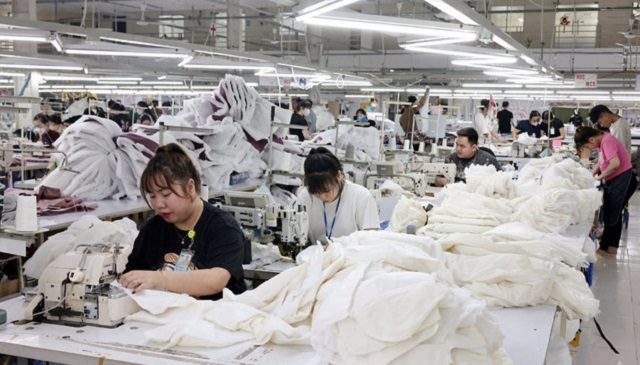 Export-oriented manufacturing. (Image: Trần Việt/TTXVN)
|
Preliminary WB calculations suggest that 1.6% to 10.6% of Vietnam’s exports to the U.S. could be affected, depending on the interpretation of the regulations.
In reality, exports to this market dipped by 2% in August 2025, significantly impacting the textile, wood, and machinery sectors.
Additional factors highlighted by the WB and IMF include the risk of slowdowns in the U.S. and Chinese economies—Vietnam’s largest trading partners—coupled with prolonged geopolitical conflicts in Europe and the Middle East.
UOB also notes that the Vietnamese dong’s 3.4% depreciation since the year’s start underscores persistent exchange rate pressures, given the substantial gap between global USD interest rates and domestic VND rates.
However, most international organizations view these risks as short-term and believe they can be offset by Vietnam’s intrinsic strengths, provided macroeconomic stability and policy flexibility are maintained.
Internal Growth Drivers
Vietnam’s economy continues to exhibit multiple positive drivers. Exports in the first half of 2025 surged by 14.2%, while foreign direct investment (FDI) disbursements reached $15.4 billion—a five-year high—concentrated in high-tech, renewable energy, and manufacturing sectors.
Major projects from Japan, South Korea, and Europe are not only injecting capital but also upgrading domestic production value chains.
Private consumption, accounting for over 65% of GDP, remains a cornerstone as inflation is kept around 3.3%.
The services, retail, tourism, and real estate sectors show clear signs of recovery, with international tourist arrivals reaching nearly 14 million in the first eight months of 2025, a nearly 30% increase from the same period in 2024.
Agriculture, though a smaller GDP component, remains vital for social stability and food security.
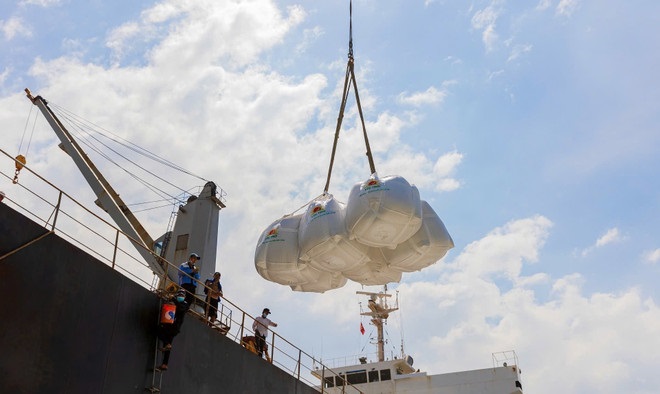 Vietnamese rice quality is affirmed, now present in over 150 countries and territories. (Source: TTXVN)
|
International reports, such as those from UK Investor Magazine, even cite Vietnam’s agricultural success as evidence of its adaptability and resilience in development model transitions.
Another highly regarded factor is Vietnam’s policy flexibility. With a public debt ratio below 34% of GDP, well under the 60% threshold, the government has ample fiscal space to support growth.
A $48 billion infrastructure investment plan, encompassing over 250 projects, is accelerating disbursement and is expected to generate significant ripple effects.
Monetary policy is also anticipated to become more flexible. Some international banks predict the State Bank of Vietnam may consider easing policy rates by year-end to support businesses.
The IMF recommends allowing greater exchange rate flexibility within a wider band, reducing external pressures while maintaining stability.
International organizations emphasize that if Vietnam sustains institutional reforms, improves the business environment, and accelerates digital transformation, a long-term average growth rate of 7% is entirely feasible.
These reforms should focus on enhancing domestic enterprise competitiveness, reducing over-reliance on the FDI sector, and increasing investment in education, particularly in STEM fields and technology research and development.
Aiming for 8.3-8.5% Growth
With a 7.5% growth rate in the first half of the year and strong international confidence, the government’s 8.3-8.5% growth target for 2025 is deemed achievable.
Mr. Shantanu Chakraborty, ADB Country Director for Vietnam, asserts that effectively combining fiscal and monetary policies, while addressing structural challenges like climate change and energy transitions, will help Vietnam build a more balanced and sustainable growth model.
International confidence, coupled with steadfast policy implementation, is creating opportunities for Vietnam to solidify its position as one of Asia’s fastest-growing and most stable economies.
Diệu Linh
– 10:58 01/10/2025
Vietnam’s Commitments to Developing an International Financial Center
In a world of constant flux, the World Alliance of International Financial Centers (WAIFC) stands as a beacon of collaboration and stability. Deputy Prime Minister Nguyễn Hòa Bình underscored Vietnam’s unwavering commitment to advancing its International Financial Center through three bold pledges, reinforcing its role as a pivotal player in the global financial landscape.
SHB: Leading National Budget Contributor and Dedicated Social Welfare Partner for Years
Recently, SHB was honored in the TOP 10 Most Profitable Private Enterprises in Vietnam 2025 (PROFIT500), solidifying its robust financial capabilities, efficient operations, and significant contributions to the nation. The bank has officially increased its chartered capital to 45,942 billion VND, maintaining its position as one of the Top 5 largest private joint-stock commercial banks in the system.
Unveiling the Billion-Dollar Signatures: A Glimpse into the Signatures of Real Estate Titans and Leading Ladies
Behind the signatures of real estate industry leaders lie billion-dollar decisions, paving the way for large-scale projects and transformative urban developments that redefine market landscapes.
Sunshine Group Post-Restructuring: Second-Highest Market Cap in Real Estate, Full-Year Profit Projected at VND 14,000 Billion, Surpassing Shareholder Meeting Targets
With post-tax profits for 2025 projected to reach approximately VND 14,000 billion, an 18-fold increase from the previous year, Sunshine Group is poised to achieve a groundbreaking growth surge, driven by its comprehensive restructuring efforts. This remarkable trajectory underscores the exceptional effectiveness of the Group’s strategic focus on large-scale economic consolidation and ecosystem integration.
















